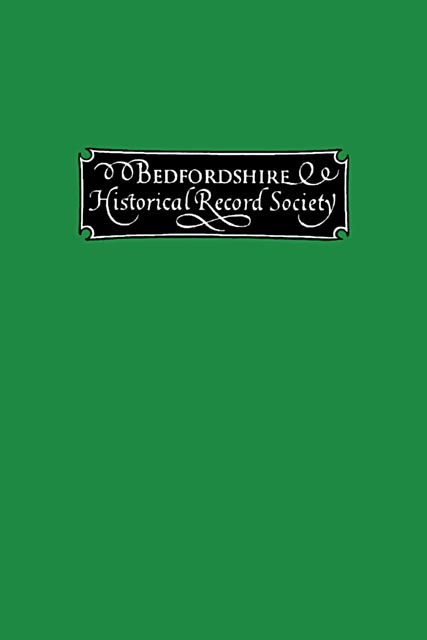Book contents
The Inventory of Toddington Manor House, 1644
Published online by Cambridge University Press: 14 July 2023
Summary
The following account of the Sequestration of the Estate of the Earl of Cleveland in 1648—in view of his intimate connection with the County, and the historical associations of the Manor House of Toddington—would appear to have some interest, as giving in detail the appointments of a stately mansion in Tudor and Stuart days. In this house, Queen Elizabeth was twice entertained by Lord Cheney, and it will be seen that two chambers were thenceforward known by the Royal title; another records the tenure of the favourite, Leicester. James I was also a visitor; and there is some reason to believe that Charles II sought a temporary halt after his defeat at Worcester, for Earl Cleveland was a staunch Royalist. A few years later, James, Duke of Monmouth, made Toddington Manor his asylum for some months after the Rye House Plot, when its condition may be assumed to have been much as it is here represented. It is unfortunate that some of the furniture—no doubt the more costly—had been removed to London prior to the taking of this Inventory, thus making it in that measure, incomplete; but it would seem to have been considered a suitable remainder for the Countess of Cleveland's use.
The Inventory is introduced by a letter addressed “To the Treasurers of Sequestration sitting at Guildhall, London,” concerning “the ordinance of Parliament for the better regulating and ordering of the Estates of Papists and Delinquents”—and “enclosing schedules of the Estates real and personal of all Delinquents within the County, and papists that we know” &c., &c. Amongst these estates is that of “the Earl of Cleveland a Delinquent, his Estate in Tuddington Harlington and Westoning, being but little of it let unto tenants before these times, it is now valued at viz.:—” “The Earl of Cleveland's estate valued at £600 per annum. N.B.—but very little profit from this Estate could be collected for the use of the State, as most part of it was mortgaged before it was sequestered.”
- Type
- Chapter
- Information
- The Publications of the Bedfordshire Historical Record Society , pp. 129 - 136Publisher: Boydell & BrewerFirst published in: 2023



